Some wineries around the world stand out not only for their exquisite wine produce, mesmerising landscapes and rich history, but also for their top class architecture that attracts visitors on a global scale. Here are some of the masterpieces for you to enjoy.
Yering Station, Yarra Valley, Australia
The sophisticated architectural lines of the Yering Station Wine Bar Restaurant open out to majestic views stretching across the Valley floor. Designed by architect Robert Conti, the spectacular contemporary building combines unique stonework using pieces selected from the local Lillydale quarry, with traditional Swiss-influenced roofing structure to reflect our history.
Taking three years to construct, Conti’s vision sought to create a structure that would sit harmoniously within the undulating natural environment rather than imposing upon it. The underground Barrel Hall, inspired by the design of a French monastery, was painstakingly put together column by column, drawing from age-old cellaring traditions. This intertwining of contrasting styles, reflecting tradition while creating contemporary spaces, is at home with Yering Station’s core values.
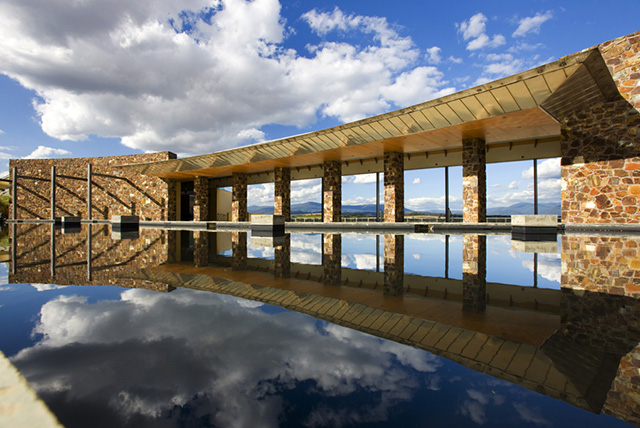
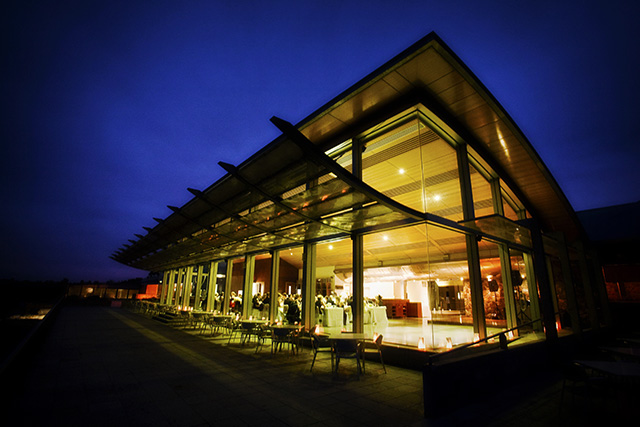
Domaine Chandon winery, Yarra Valley, Australia
Allen Jack+Cottier’s design of the Domaine Chandon winery in Victoria’s Yarra Valley responded to Moët & Chandon’s request to incorporate an education programme similar to those they operate in California and France. Headed by Keith Cottier, their design team planned a visitors’ path that transforms an otherwise industrial experience into a sensory adventure of exploration and discovery.
Following the wine production process, the path allows visitors to move from delivery dock, wine press, sieve and fermentation tanks, bottling plant, Riddling Hall to wine tasting and sales, and the vineyards beyond. The winery, formerly a disused dairy site, captured the public’s attention as soon as it was completed, setting a new level of style and sophistication for the Australian winery. Without any advertising, it attracted a growing number of visitors, to the point where annual visitation now exceeds a hundred thousand.
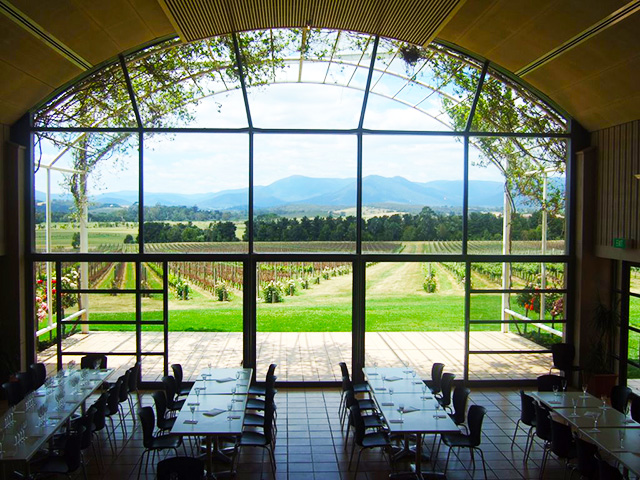
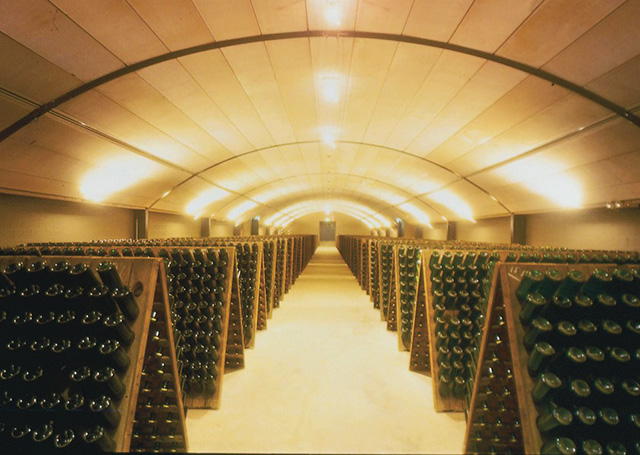
Marque de Riscal winery, Spain
Canadian architect Frank O.Gehry, designer of the Guggenheim Bilbao Museum, is behind the highly unusual project of the Marque de Riscal winery, in the Rioja wine route. The winery is the oldest and most traditional of the Rioja, open since 1860 and famous for its pioneering, innovative, non-conformist approach. The explosion of color and shapes created by Gehry creates a movement through the forms which stands out but matches the environment at the same time. The facades of stone and wood windows contrast and dialogue with the traditional buildings of the nineteenth century.
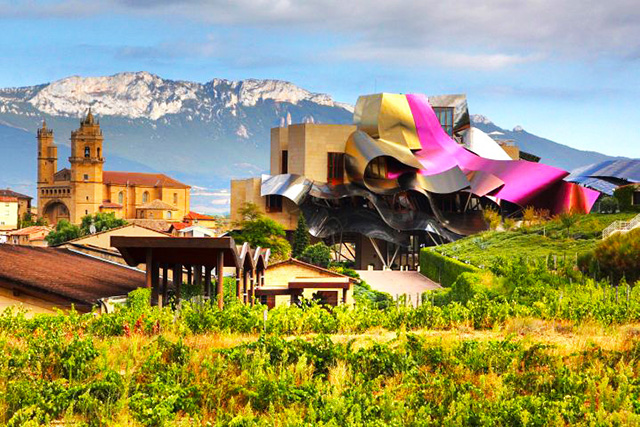
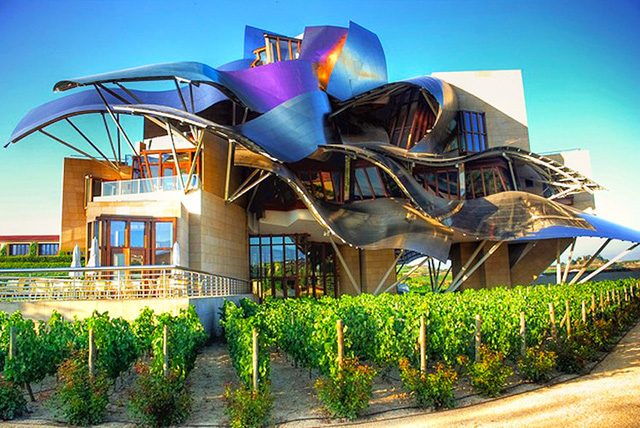
Bogeda Ysios winery, Spain
Santiago Calatrava is the mind behind the Bogeda Ysios, also in the Rjoia Alavesa area. The building is inspired by the shape of oak wine barrels and, with its rolling wooden contours seamlessly integrated into the foothills of the Sierra de Cantabria mountains of Spain, is matching the landscape, and autonomous at the same time. The result is spectacular.
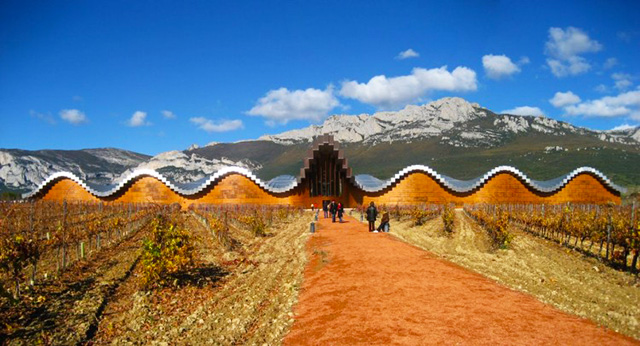
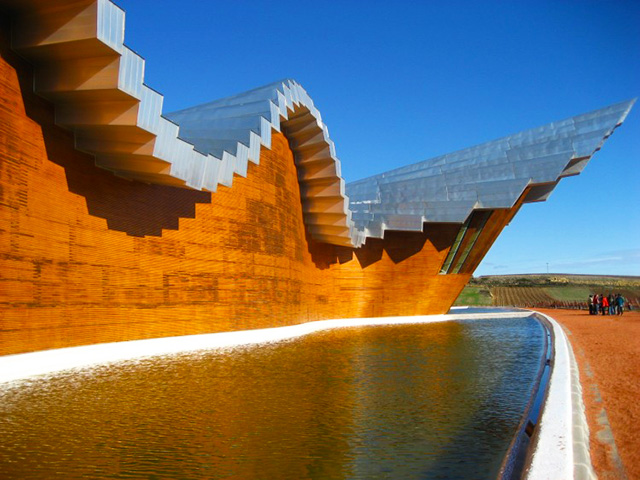
Rocca di Frassinello Vineyard, Italy
Renzo Piano (author of the Centra Pompidou in Paris, the Shard in London and the New York Times building in New York to name just a few) designed the Rocca di Frassinello Vineyard in Tuscany. The most impressive part of the building is far out of sight, well-hidden in the ground: it’s the astonishing wine cellar, where hundreds of barrique barrels are stored while the wine is aging. Similar to a Roman theatre, the structure consist of stairs leading towards the center “stage” at the bottom of the cellar, a huge room with blank concrete walls and no pillars, stabilised by gigantic concrete beams anchoring in the surrounding hill. On the surface, the big terrace near the thin tower, according to Piano, depicts a flying carpet, which has landed on top of the scenic hills.
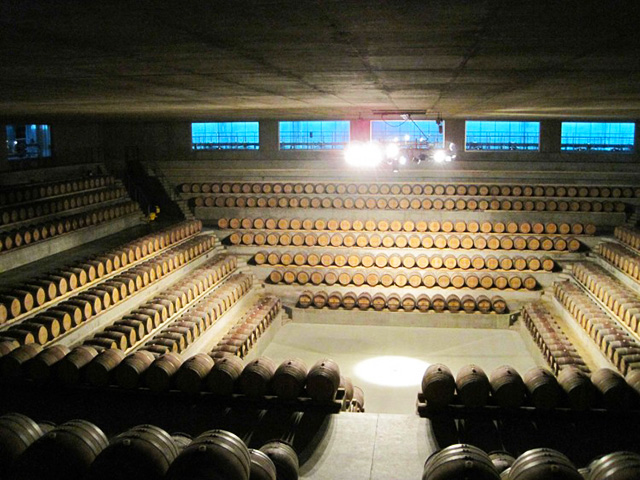
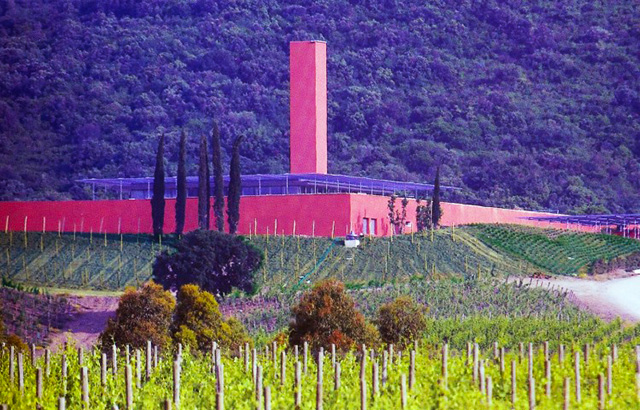
Opus One winery, Napa Valley, USA
American Architect Scott Johnson (author of the MGM tower in Los Angeles and the Museum Tower in Dallas) designed the Opus One winery in Napa Valley in the 80s, and so started a revolution in the wine industry. “More landscape than architectural statement” was his motto, and this resulted in an elliptical facade emerging from the grass and conveying a sense of quiet grandeur. It’s a low profile mixture of tradition and technology which set the basis of a new style of wine architecture.
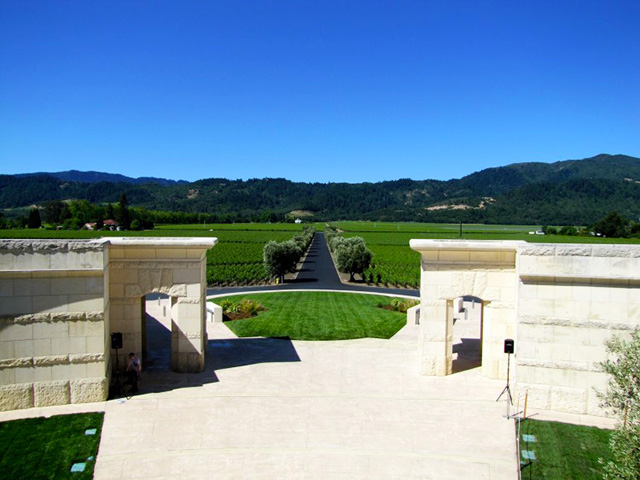
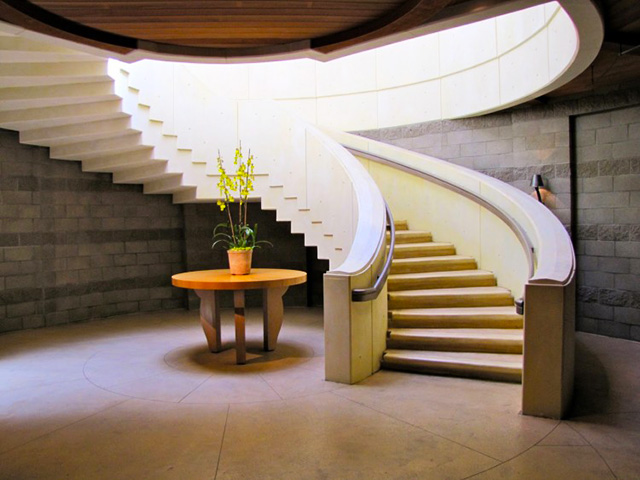
Marchesi Antinory winery, Italy
Marco Casamonti, who is author of the Green Energy Labotary in Shanghai, the “Meravigliosa” island in “The World” in Dubai, and more, recently designed the Marchesi Antinory winery in San Casciano Val di Pesa. He managed to combine the skills of Florence artisans with modern technology, sustainability, and above all beauty – the beauty coming from the combination of nature and good design.
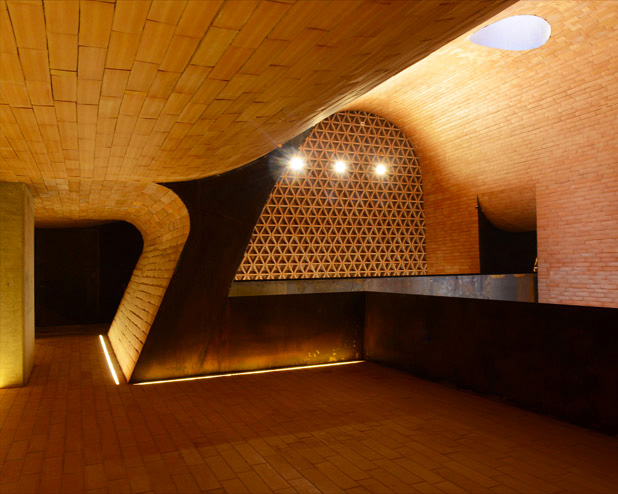
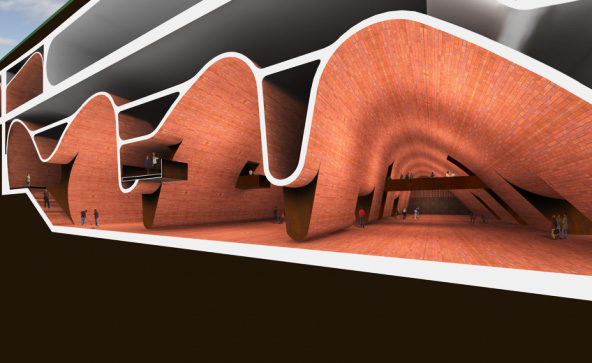
Ballande et Meneret, France
There are many more examples of stunningly designed wineries, for example Ballande et Meneret, by Patrick Baggio and Anne Piechaud, entirely lit by LED lights…
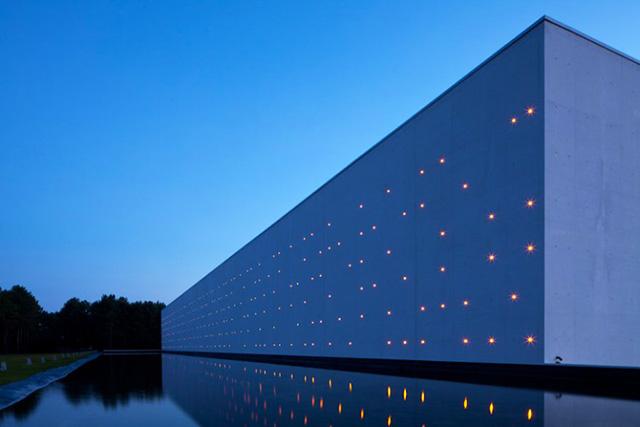
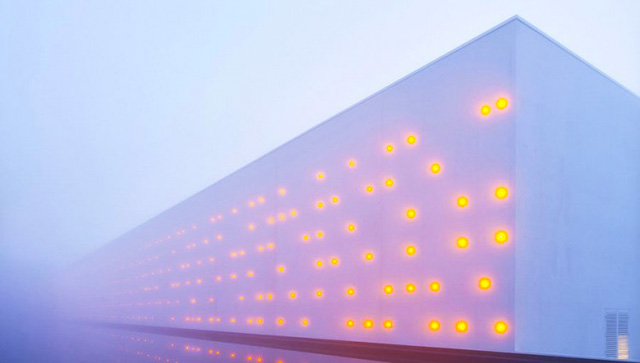
Sokol Blosser winery, USA
…Or Sokol Blosser winery in Oregon, designed by Allied Works Architecture, where the terraces carved from the contours of the Dundee hills and walled gardens make an ideal location for gathering, reading in the library, and obviously wine tasting while enjoying the spectacular views on the Yamhill County Estate.
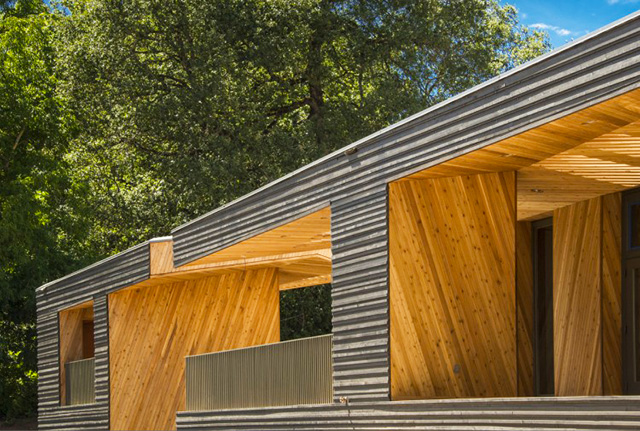
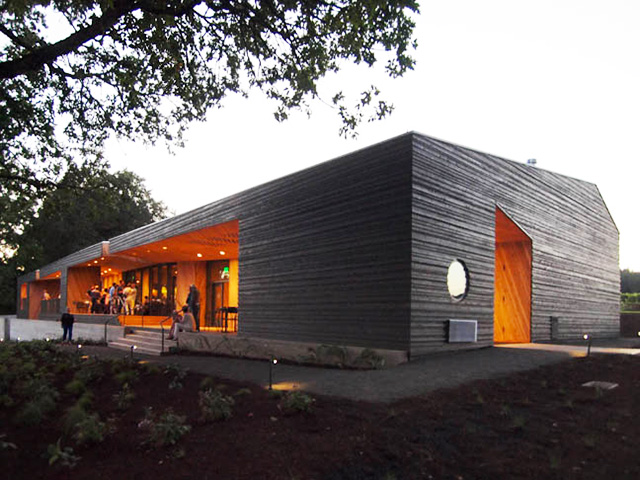

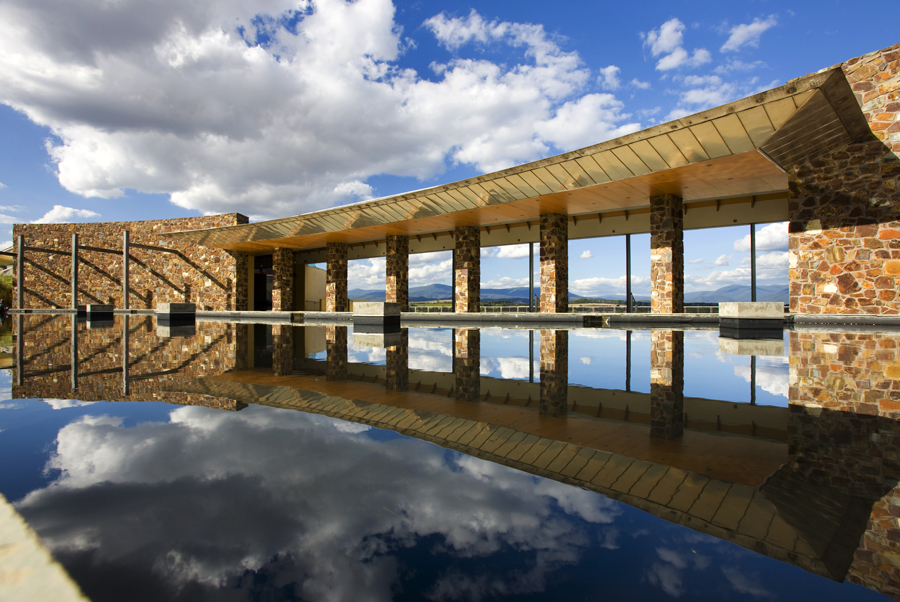



Leave A Comment